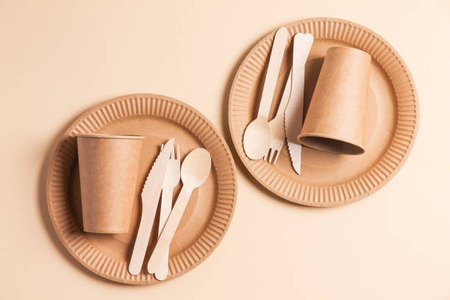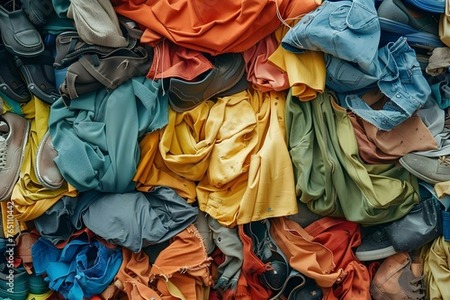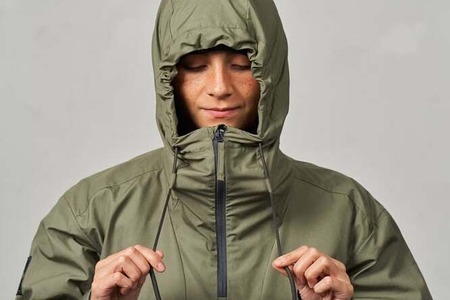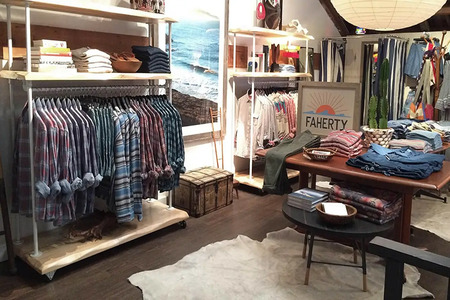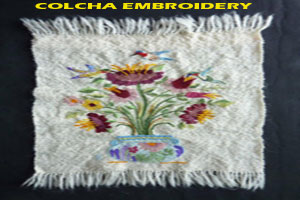
Textile heritage of Northern New Mexico Colcha embroidery making a comeback
YarnsandFibers News Bureau 2014-08-04 10:50:00 – MexicoColcha, a unique style of embroidery evolved in colonial New Mexico that is done in handspun, hand-dyed wool on a plain-woven wool ground cloth called sabanilla. Sometimes the entire ground is covered with embroidery. The subject matter included ornate and fanciful flowers or birds. Colcha is used for decorative wall pieces and altar cloths as well as household items.
Colcha nearly disappeared as recently as 10 years ago. Its revival can be traced to Spanish Market award winners, the Museum of Spanish Colonial Art and classes and workshops.
The start of the Northern New Mexico Spanish Colonial Colcha Embroidery show was a coincidence. Director/curator Loretta Atencio had scheduled a month long exhibit for her own embroidery at Española’s Bond House Museum when she came up short.
She did not have enough artwork because colcha takes so long to make, so people were asked if they wanted to be in a show. Now in its third biennial, this show of multicolored flowers, vines and birds stitched in the gentle art of colcha is at the Bond House Museum through Aug. 30.
About 20 embroiderers will be showing 60 works of art tumbling across pillowcases, table runners, tablecloths, napkins, vestments and clothing.
Atencio first discovered the traditional embroidery at the old Chimayó Trading Post. Owner Leo Lopez knew the technique. It looked soft and natural and the colors were not like commercial pigments. That when She decided to work on this traditional embroidery. Atencio isn’t taking her nimble fingers to needles right now; as she’s busy spinning and dyeing yarn.
The Spanish word colcha means coverlet or counterpane; New Mexicans typically call any bed covering a colcha. Sabanilla labrada, or wool-on-wool colcha embroidery work, is unique because it may be one of the few textiles developed and made in New Mexico during the colonial period.
Similar to the couching stitch of English embroidery, colcha is a long stitch held down by small diagonal tacking. The technique leaves little yarn on the back aside from a shadow outline. There are no knots.
Artists dye their own yarn from churro sheep using native plants such as chamisa for yellow and onion skin for gold. Madder root turns orange, while green leaches from wild spinach. The cochineal insect, which feasts on prickly pear, produces the rich reds so critical to traditionally embroidered flowers. Some artists weave their own background cloth or sabanilla, sometimes washing it in yucca root to soften its naturally coarse texture.
Market Intelligence
Ask for free sample Report

experience
Customer Base
dedicated team
Countries Served Worldwide



